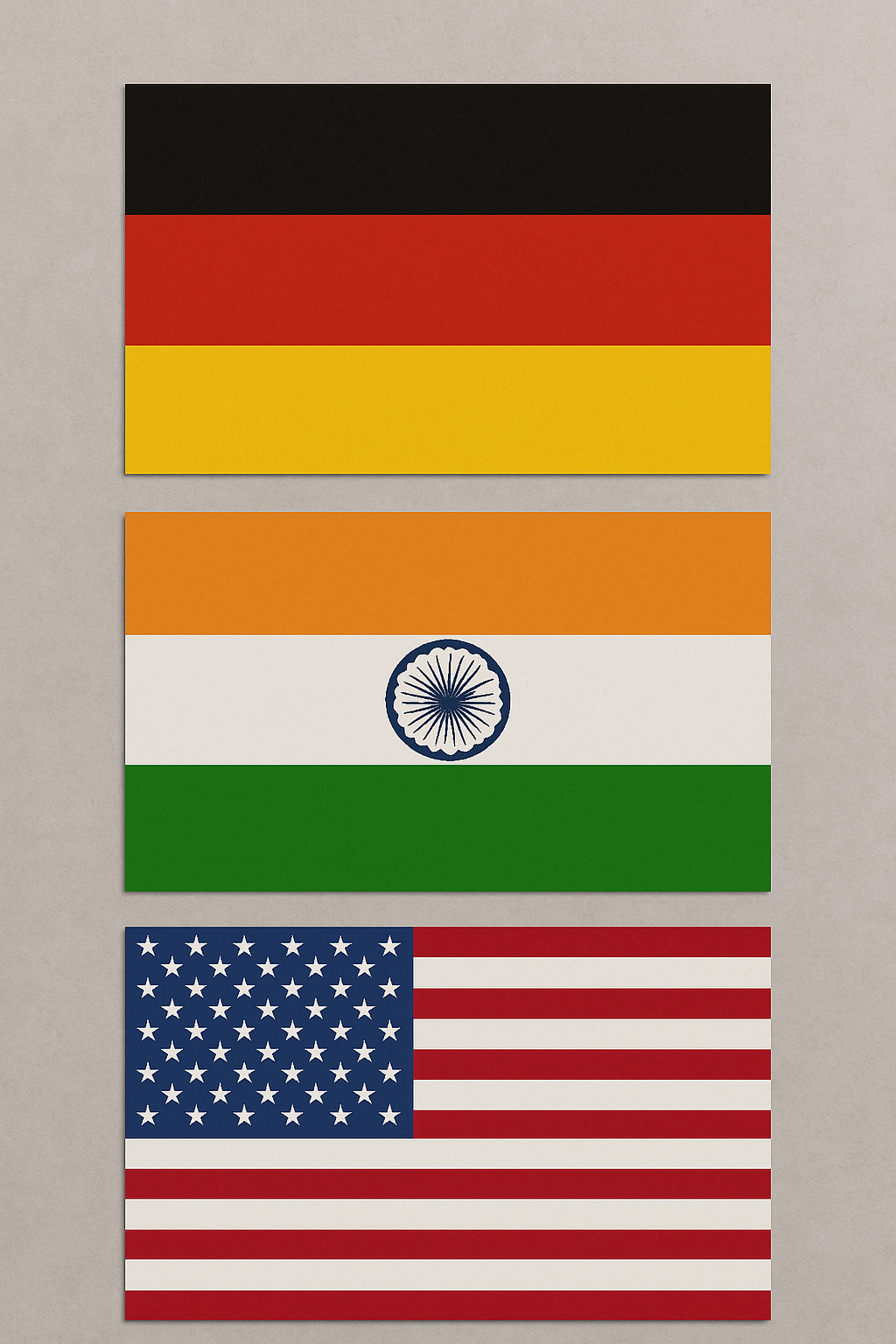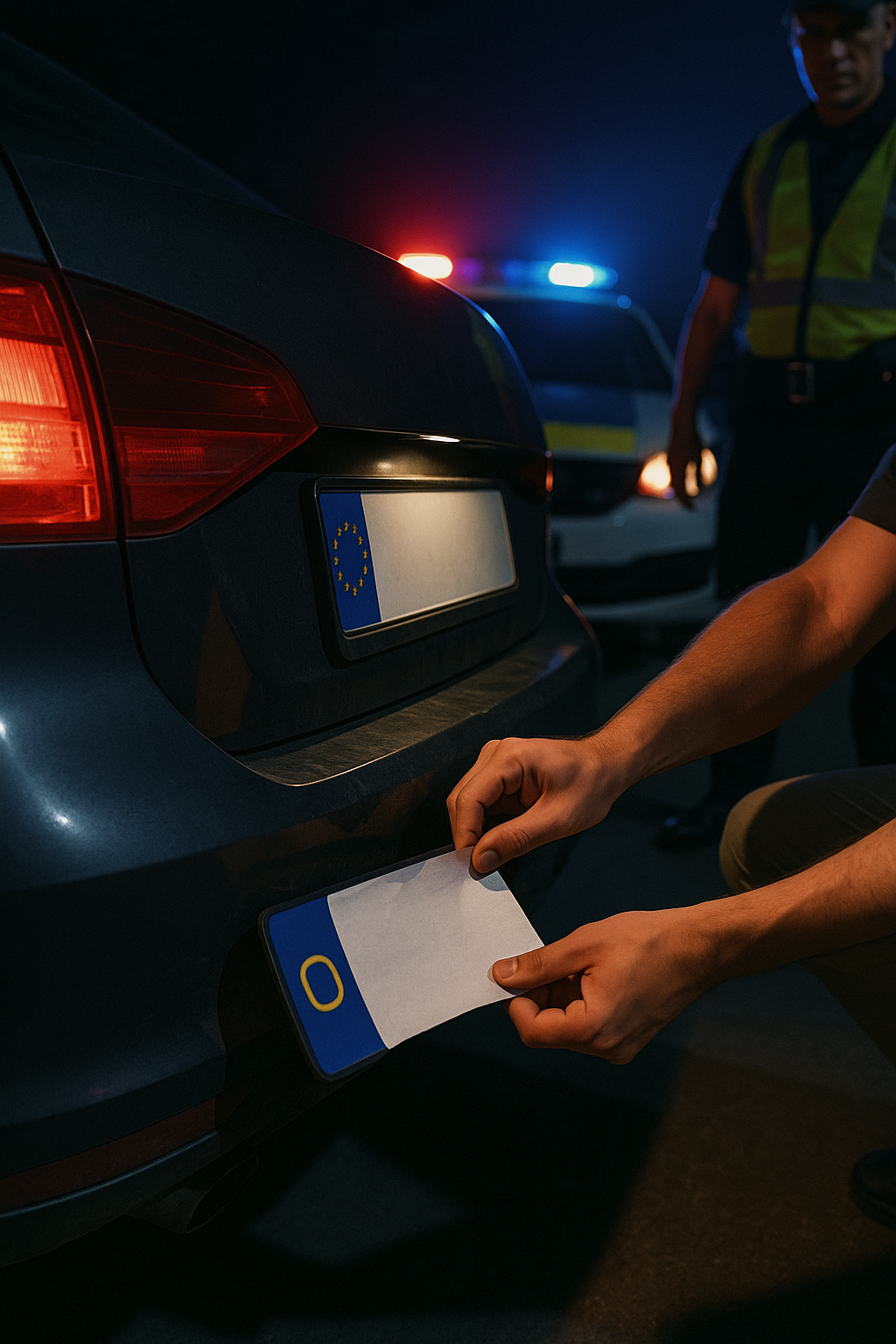Cars, trucks, and bikes might seem the same wherever you travel, but number plates tell a very different story. World number plate laws vary hugely across regions, shaped by local rules and traditions. Knowing these differences, by the way, could be extremely useful if you’re travelling or importing a vehicle. Custom plates aren’t always legal abroad either. In this article, we’ll look at how different countries handle number plates – and the risks drivers might face if they get it wrong.
Why Do Number Plate Laws Vary by Country?

It’s easy to think number plates would look the same wherever you travel. Yet, the reality, actually, is very different. World number plate laws are shaped, more or less, by a mix of history, pride, and legal needs. In many countries, plate styles reflect colonial pasts or national identity.
Governments regulate designs based on what matters most – safety, tradition, or appearance. Fonts, colours, materials, and sizes vary massively. Some places prefer strict controls, while others allow a bit more personal flair. So, a single international standard, honestly, feels unlikely when local needs still matter so much.
United Kingdom: Strict Rules and DVLA Standards
In Britain, number plates follow strict rules, and the DVLA (Driver and Vehicle Licensing Agency) makes sure everything stays in line. Plates must meet the BS AU 145e standard, covering font thickness, spacing, and reflective quality to keep them readable in all conditions.
There’s very little wiggle room. Using an unapproved font, incorrect spacing, or poor materials could easily get you fined up to £1,000. Your car could even fail its MOT. So, it’s usually smarter to stick with a registered supplier, whether you’re after a standard plate or something slightly more personalised.
United States: State-by-State Differences
Across the United States, number plate laws vary so much that, frankly, it can feel like crossing into a different country each time. Every state sets its own rules, so what’s legal in California might not pass in Texas or New York. Some states allow only rear plates; others demand both front and back.
Custom and vanity plates, by the way, are hugely popular, but the rules differ wildly – from design limits to registration periods. So, a customised plate that’s fine in New York might cause trouble elsewhere unless you’ve checked local regulations carefully.
Europe: Harmonised Styles with Regional Variations
Across Europe, number plates often look fairly similar, and that’s partly thanks to EU guidelines. Many member countries, including Germany, France, and Italy, use a blue strip with the European Union flag and a country code neatly displayed. Yet, it’s almost misleading to think they’re identical.
Fonts, spacing, and small design details still vary slightly from country to country. Germany tends to be stricter about typefaces, while Italy, for example, allows a little more variation. Local pride and regional identity often shine through, even with broader attempts at harmonisation. So, despite appearances, Europe’s number plates still reflect a lot of subtle national differences.
Asia: Blend of Old and New Systems
Asia has one of the widest mixes when it comes to number plate systems.
Japan and Singapore have highly organised setups, with strict rules for size, colour, and character style. Meanwhile, parts of India and rural regions still rely on older, less regulated designs.
Language differences add extra variety, with many plates mixing local scripts and Latin letters. Colour-coding often depends on vehicle type – taxis, for instance, might have completely different plates from private cars.
So, achieving regional consistency feels, honestly, pretty unlikely anytime soon, given the sheer diversity involved.
Australia and New Zealand: Custom Plates with Limits
In Australia and New Zealand, it’s fair to say that custom number plates are just a little more popular than in many other parts of the world. In New South Wales and Auckland, for example, you’ll often spot cars proudly displaying personalised messages or unique designs. Yet, despite the relaxed attitude, there are still clear legal boundaries in place.
Both countries insist on basic rules covering plate size, font style, and overall readability. Customisation usually goes through government-approved websites, which, by the way, carefully screen all requests. Offensive or misleading plate combinations, naturally, are rejected without much discussion.
Africa: Evolving Standards Across the Continent
Africa, in many ways, shows just how much variety exists with number plates. Countries like South Africa have introduced modern systems with clear regulations and smart card registrations. Meanwhile, rural parts of other nations still use older, less standardised plates fairly often.
Counterfeit plates remain a genuine issue where enforcement struggles. Still, a growing number of countries are moving towards digitisation and better consistency. Larger cities tend to lead these efforts, while remote areas sometimes lag behind.
Overall, Africa’s number plate systems are slowly modernising, but complete uniformity still feels a little way off.
Custom Number Plates: What's Legal and Where?
Custom number plates, you know, tend to be allowed in quite a few countries, but the rules can vary massively depending on where you are. Some places, like the United Kingdom and parts of Australia, offer wide customisation options – yet only within strict visibility and format rules.
Meanwhile, other countries, especially in parts of Asia and Europe, apply tight censorship. Words, numbers, or phrases that might seem offensive, political, or misleading are usually banned outright. It’s also more or less universal that plates must stay easy to read from a distance, no matter how much personality they show.
What Happens if You Break Number Plate Laws Abroad?

Breaking number plate laws abroad could cause more hassle than you expect. In some countries, even small issues might lead to spot fines, vehicle impoundment, or being turned away at borders.
Local police, by the way, often treat foreign plates differently – some are stricter, others slightly more forgiving. It’s always safer to check world number plate laws before heading off. Non-compliant plates can, in fact, cause serious problems with insurance claims or MOTs later.
A quick check before travelling could, quite honestly, save you from a far bigger headache.
World number plate laws, honestly, show how differently countries treat vehicle registration. Wherever you drive, checking local rules makes a lot of sense. Custom plates can be a great personal touch, but legal limits still apply. If you’re planning something unique, ourplate builder could help you stay stylish and fully compliant. A little preparation could, in fact, save you serious hassle – and possibly a hefty fine – once you hit the road.
